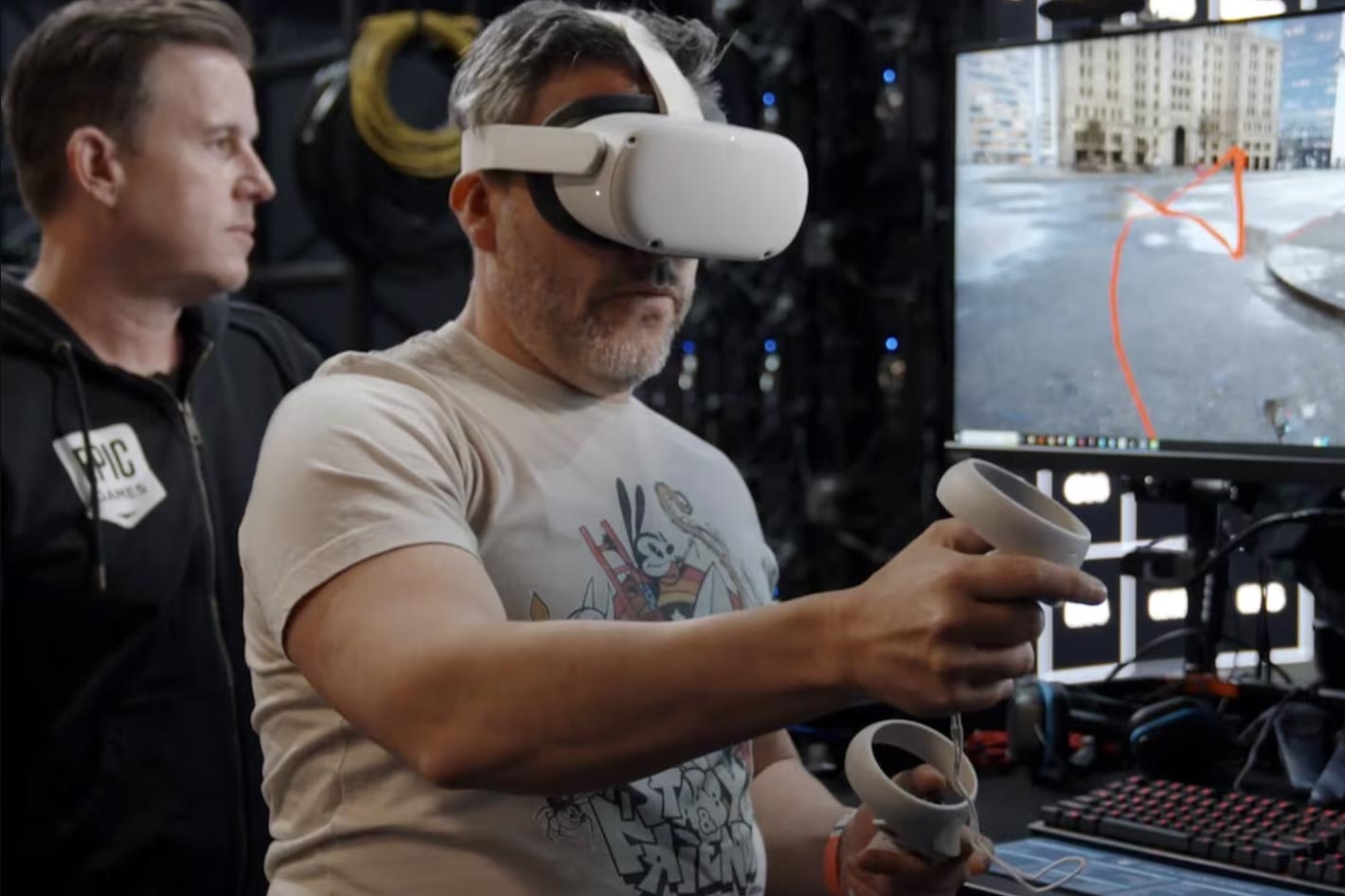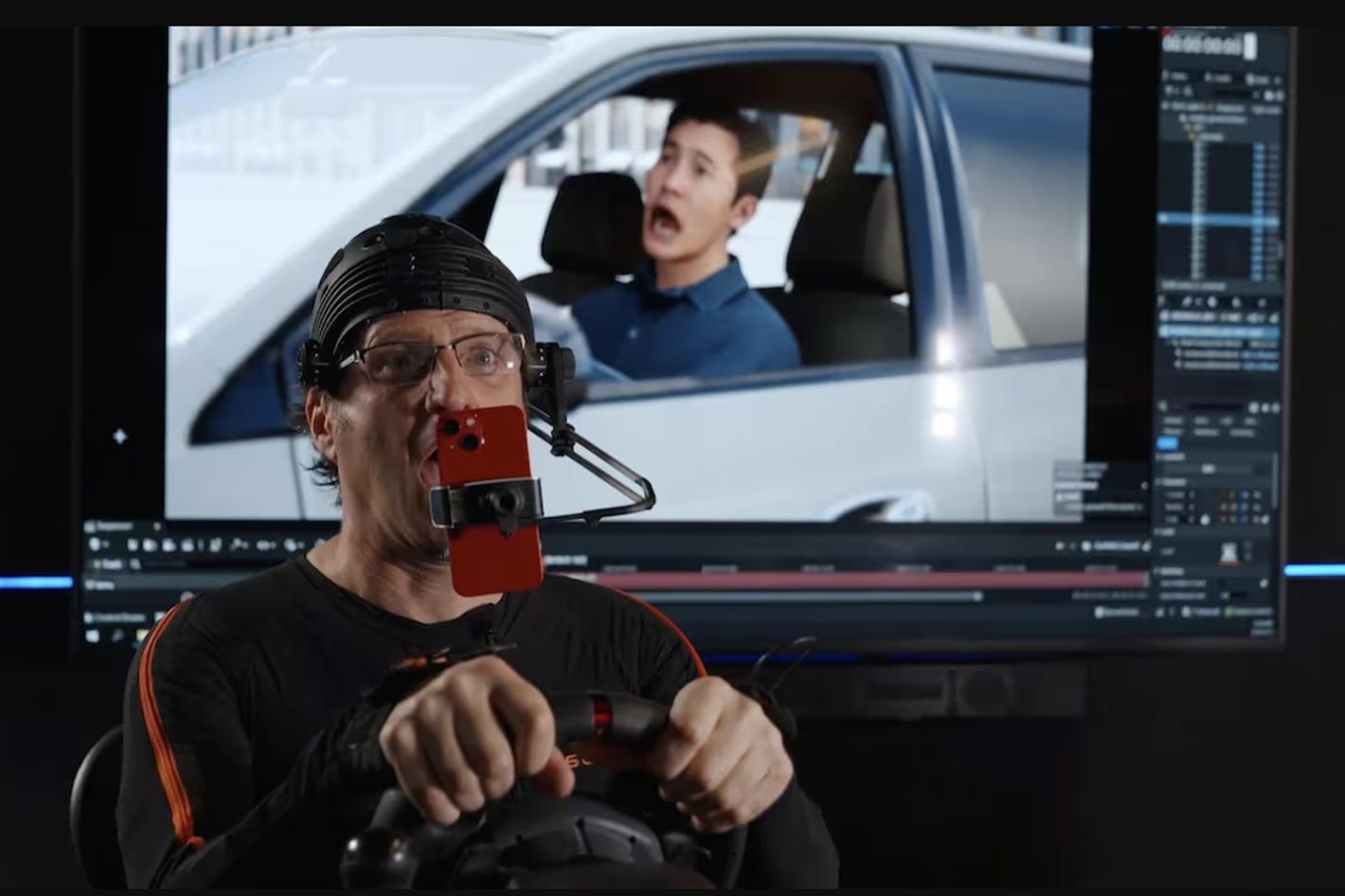
Under the long name of Virtual Production Visualization Guide, Epic Games introduced last May a new series of videos that explain more about Virtual Production in Unreal Engine. The first chapter discusses the fundamentals—Epic Games suggests which hardware to use, which software to get, which motion capture solutions are available, and which buttons to push.
The project is born from the company’s experience dealing with different studios that work in Virtual Production, and understanding that, because “different companies do things in different ways” it would be helpful for newcomers to have some sort of pathway to follow. Epic Games realized that this presented “an opportunity to pull together all the knowledge out there and map out how to get from A to B.” So, they did.
By now, most people working in film and TV have heard about Virtual Production. While the impressive work using LED stages on shows like The Mandalorian grabs the headlines, virtual production is an incredibly broad set of workflows that goes far beyond in-camera VFX (also known as on-set virtual production). For many filmmakers looking to plan out shots or explore different storyboarding avenues, visualization has been little short of a game changer. Unreal Engine is also a game changer when it comes to Virtual Production, and that has drastically changed the way filmmakers work.


Here is how it works: create a virtual version of your set in a game engine and bring in digital versions of your actors, using performance capture technology to have them act out scenes. Then, use a virtual camera to explore shots for that scene from any angle. “It’s where the director or the DP explore their ideas—if that’s the shot that they really wanted or if it’s even possible to do the shot that they really wanted,” says Katherine Harris Mojica, Virtual Production Supervisor at Magnopus.
That’s partly because there is no definitive way—different companies do things in different ways. “Visualization is difficult because there’s no one way and it’s even more difficult because no one way is ever written down,” explains Harris.
Everyone is aware that the creative and cost-saving advantages of this way of working has long been heralded—but up until now, there hasn’t been a single, definitive guide on how to do it. Epic Games is in contact with many of the studios leading the field in Virtual Production, so when the company told them what they were trying to do, they were more than happy to share their experience, talking at length about their processes, in-house rules, and what has or hasn’t worked for them.
“Creating a process that’s flexible—allowing for adaptability by a director—is really important and hard to do,” says Lily Pitts, Virtual Production Technical Director, Magnopus. “Figuring out exactly where things go wrong and how to fix them? Even harder.”
Aware of all the problems, Epic and its partners are setting out to show you the challenges they’ve experienced on their own previs projects and how we overcame them. The company says that “by the time you get to the end of the guide, you’ll have the knowledge required to start your own visualization studio. The series will share insights from some of the world’s leading studios working in the field, including Magnopus, Bron Studios, ReelFX, Sony, MPC, and Epic’s own Fortnite Cinematics team.
Over the next few months, Epic Games will be publishing a serialized step-by-step guide that will explain how to use virtual production workflows for visualization—the process of creating computer-generated imagery to help plan and preview various aspects of a production, which includes previs, pitchvis, techvis, stuntvis, and postvis.
Ready to begin your previs journey with Unreal Engine? Explore the Virtual Production Visualization Guide and follow along as Epic Games and its partners step through every phase from gear setup, creative pre-production, and stage tool creation, all the way through to file management on the day of the shoot and editorial turnovers.
The goal with the Virtual Production Visualization Guide is simple: to break down the technical barriers for people who want to get into this innovative way of exploring creative ideas in the initial stages of filmmaking. “I wish they had done this years ago!” says Harris. “It would have saved me so much time, energy, and tears.”


